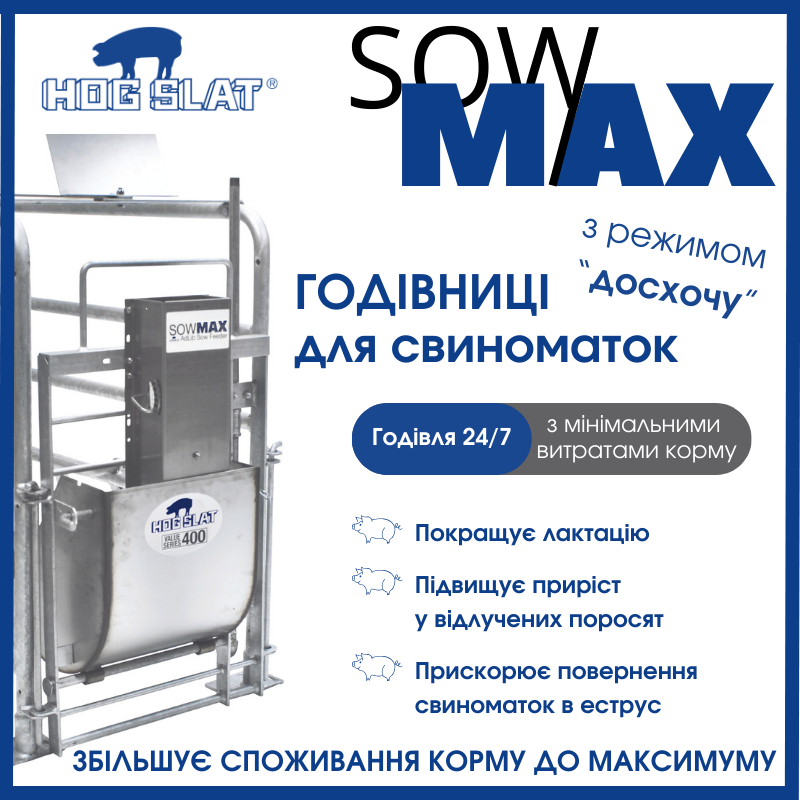At the end of 2024, veterinarians began documenting cases in which piglets were born with the following symptoms:
- bulging eyes with abnormal positioning;
- excessively red, wrinkled, and partially hairless skin.
These signs appeared in 20–70% of litters, but only in a few piglets per litter. The symptoms gradually disappeared, and the cases were non-fatal.
Following the initial reports, GD launched extensive epidemiological and laboratory investigations, including pathological and microbiological examinations.
To date, similar abnormalities have been detected on approximately 50 farms, mainly in the eastern and southern regions of the country.
Initially, the causative agent could not be identified. However, thanks to advanced viral detection methods, a new parvovirus variant was found in the tissues and blood of affected piglets. The clinical link has not yet been established with full certainty, but researchers believe the virus plays a key role in the observed symptoms.
GD continues its investigations in cooperation with the Ministry of Agriculture and the Pig Farmers’ Organization (POV).
The newly detected variant is genetically most similar to a parvovirus found in fox fecal samples in the Netherlands in 2012, though it has accumulated several mutations.
For comparison, the classic porcine parvovirus PPV1—which is associated with reproductive problems—differs significantly in its genetic makeup. Existing PPV1 vaccines are not expected to provide cross-protection against the new variant, although this is still under study.
Experts are continuing work to confirm the causal relationship between the new virus and the clinical abnormalities. The findings will be crucial for future industry recommendations and for assessing risks to the EU pig sector.
The situation remains under continuous monitoring by Dutch veterinary authorities.
PigUA.info based on materials from pig333.com



